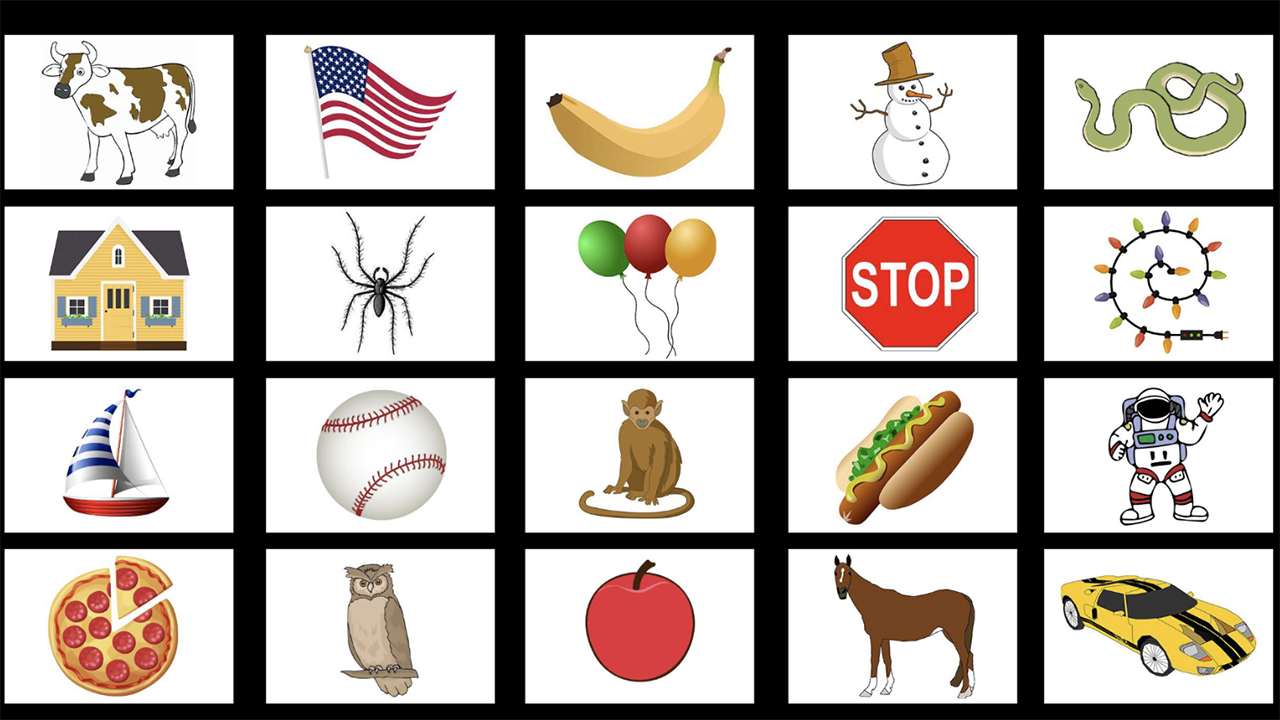Day 1: Introduction to Being a Scientist

-
Mini-Lesson
OVERVIEW
Teacher instructions are provided for each day’s mini-lesson. These instructions consist of declarative knowledge (statement of what children will do or learn), conditional knowledge (context or background related to what children will learn), and procedural knowledge (explicit instruction and practice).
Today’s mini-lesson will simply explain what the children will be doing throughout the unit. The teacher will need to print out and post the “Inquiry Toolbox” and “Team Roles” anchor charts to use in the discussion.
PROCEDURE
Each italicized statement below contains suggested wording the teacher may choose to use for the lesson; additional teacher actions and considerations are in parentheses.
Tell what the strategy is (declarative knowledge)
- Today, we are beginning a new unit in which we will investigate living butterflies! We will observe the butterflies as they grow. You will work together with your Inquiry Circle teams to research other animals to help you understand more about life cycles and the science investigations you will conduct in this unit. During inquiry circles, you can ask questions, discuss information you collect, and think about other questions you might have about your animal. We have an “Inquiry Toolbox” anchor chart that will help you in your work. (Point to the “Inquiry Toolbox” anchor chart and read aloud to the class.)
Tell when and why to use the strategy (conditional knowledge)
- When we research animals, we will practice our roles as scientists. We will do this because scientists use different ways to observe the world; scientists also have different ways of reading scientific texts, writing reports, and conducting investigations. You will take on the role of a scientist conducting research by speaking like a scientist (using new science language), reading like a scientist (using strategies to find information), and writing like a scientist (using journals to organize important information and observations). There is no better way to learn about science than to become a scientist!
Tell how to use the strategy (procedural knowledge)
- While in inquiry circles, you will take on different scientific roles to conduct the research. Typically, science teams have a leader, called the Lead Scientist, and various other positions, such as Lab Director, Data Scientist, and Equipment Director. These roles are the same as the roles you will have during the science investigations. (Show the class the “Team Roles” anchor chart. Point out each role on the anchor chart and read it aloud. At this point, the teacher can assign roles or allow the children to choose their roles, reminding them that they will have the opportunity to assume different roles later.)


